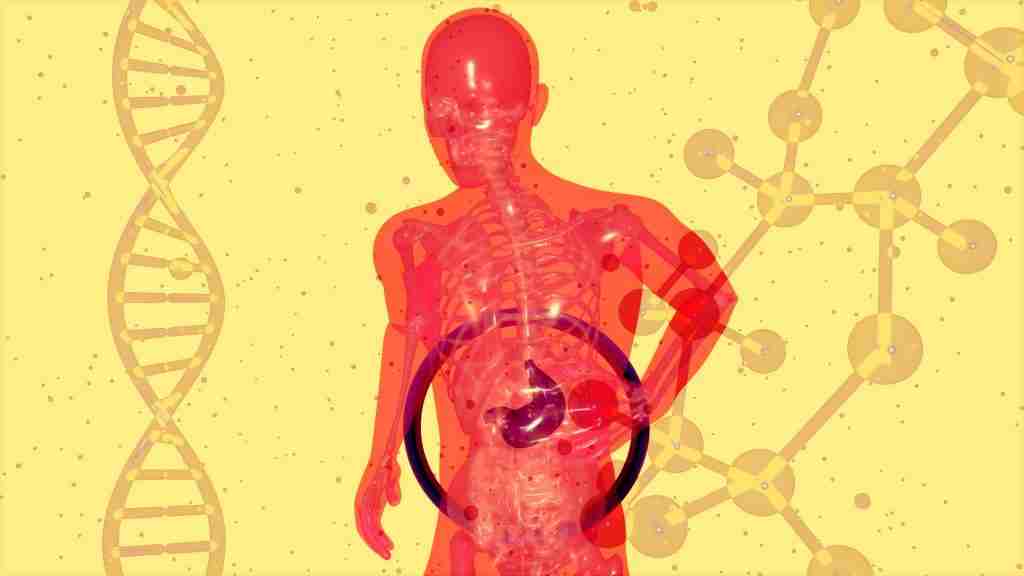How long does coffee stay in your system
7 min read

If a typical cup of coffee contains 95 milligrams of caffeine, then two cups would contain approximately 190 milligrams. Eliminating half of the caffeine in two cups of coffee would require the body to take 5 to 6 hours.
The importance of understanding caffeine’s half-life
Every day, numerous people consume caffeine, a popular stimulant. Despite its various benefits, such as enhancing mood and attentiveness, it is important to understand how caffeine is metabolized by the body and how long its impact lasts. The half-life of caffeine refers to the amount of time it takes for the body to eliminate half of the consumed caffeine. Being aware of the half-life of caffeine is essential for regulating caffeine consumption, adjusting medication usage, and avoiding negative consequences.

In this article, we will explore the importance of understanding the half-life of caffeine and its effects on the body. We will define half-life and its relevance for individuals who consume caffeine regularly. Additionally, we will examine various factors that can impact the body and alter caffeine’s half-life. Lastly, we will provide guidance on how to manage caffeine intake to minimize risks and optimize benefits. By the end of this article, readers will have a better understanding of caffeine’s half-life and strategies for controlling their consumption.
What is caffeine?
Caffeine, a natural stimulant, is present in various food items and drinks. It is a popular psychoactive substance known for its ability to increase alertness, uplift mood, and improve cognitive abilities. This article will delve into the origins of caffeine, its properties, and its impact on the human body.
The group of chemical compounds that caffeine belongs to is known as methylxanthines. It can be found in over 60 different types of plants, such as kola nuts, cacao beans, coffee beans, and tea leaves. Caffeine’s effect is aimed at a neurotransmitter called adenosine, which promotes sleep and decreases alertness.
Soda, coffee, and tea are the top three liquids that contain caffeine. Coffee is a prevalent source of caffeine, with an 8-ounce cup containing 80 to 200 mg. Black tea, which is typically served in 8-ounce portions, has around 50 mg of caffeine. Other sources of caffeine include energy drinks, chocolate, painkillers, and cold remedies.

When caffeine is consumed, it can cause various effects on the body such as increased alertness, improved mood, and better cognitive function. The caffeine enters the bloodstream and reaches the brain where it disrupts adenosine’s role. This disruption leads to an increase in dopamine and norepinephrine activity, resulting in improved mood and cognitive function.
Additionally, the consumption of caffeine can stimulate the central nervous system, resulting in an increase in blood pressure, breathing rate, and heart rate. In excessive amounts, this may lead to sensations of unease and agitation. Furthermore, caffeine has the potential to interfere with sleep patterns by reducing the amount of time spent in deep sleep and prolonging periods of wakefulness during the night.
Can you explain the concept of half life and its relevance to coffee?
The half-life of a substance is the duration for its concentration to reduce by half within the body. The half-life of caffeine is the time it takes for the body to eliminate half of the consumed caffeine. For instance, if 100 milligrams of caffeine is taken and it has a half-life of 5 hours, the body will still have 50 milligrams of caffeine after that time.
Factors that influence caffeine’s half-life
Various factors can influence the half-life of caffeine, such as age, gender, genetics, body weight, liver health, and other medical conditions. Individuals with liver disease may experience a longer half-life due to decreased liver function. Additionally, older adults may have an extended half-life due to changes in metabolism associated with aging.

Additionally, the duration of caffeine’s half-life may differ based on its method of consumption. For example, the half-life of caffeine in coffee could be longer than that in energy drinks due to the presence of other compounds in coffee that can impede caffeine metabolism.
The average time it takes for caffeine to break down in the body is known as its half-life. For healthy individuals, this typically ranges from 5 to 6 hours, meaning that half of the caffeine consumed will be eliminated within that time frame. However, it’s important to note that various factors can influence how quickly caffeine is metabolized and its half-life.
It is crucial to keep in mind that caffeine can continue to affect the body even after it has been metabolized and eliminated. For example, caffeine can negatively impact the amount and quality of sleep, resulting in feelings of fatigue and drowsiness the following day.
What happens when caffeine is metabolized
After being consumed, caffeine travels through the bloodstream and undergoes processing in the liver. The metabolism of caffeine is carried out by a group of enzymes called Cytochrome P450. These enzymes break down caffeine into various smaller substances such as paraxanthine, theobromine, and theophylline.

The urine is the medium through which the body eliminates these compounds. Several factors, such as age, gender, genetics, body weight, liver function, and other health conditions, may influence the rate at which caffeine is broken down.
The role of the liver in caffeine metabolism
The breakdown of caffeine is primarily carried out by the cytochrome P450 enzymes located in the liver, which plays a crucial role in caffeine metabolism. Once broken down, the resulting smaller molecules are eliminated from the body via urination.
The liver regulates the amount of caffeine that enters the bloodstream. After consumption, caffeine enters the bloodstream through the digestive tract. The liver helps control the amount of caffeine absorbed by metabolizing excess caffeine and preventing it from entering the bloodstream.

Individuals with liver disease or reduced liver function may experience a slower metabolism of caffeine, leading to a longer half-life of caffeine in the bloodstream. This can increase the likelihood of negative side effects such as restlessness, insomnia, and anxiousness.
Conclusion
Understanding the half-life of caffeine is important as it determines the duration of its effects on the body. Caffeine, a commonly used stimulant, can be found in various foods and drinks. It stimulates the nervous system, enhances alertness, and reduces fatigue. However, excessive consumption of caffeine can lead to side effects such as insomnia, restlessness, and increased heart rate. It is recommended that healthy adults consume no more than 400 mg of caffeine per day, which is equivalent to 2-3 cups of coffee. The metabolism and duration of caffeine’s effects can vary based on age and gender. To avoid adverse effects, it is essential to be mindful of the caffeine content in food and beverages and consume it in moderation.
If you need to prepare two cups of coffee in a hurry, take a look at our piece on coffee makers that can brew two cups simultaneously.






